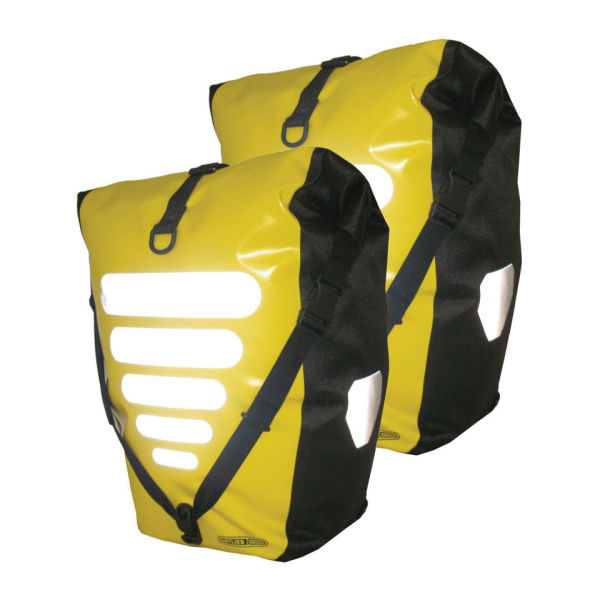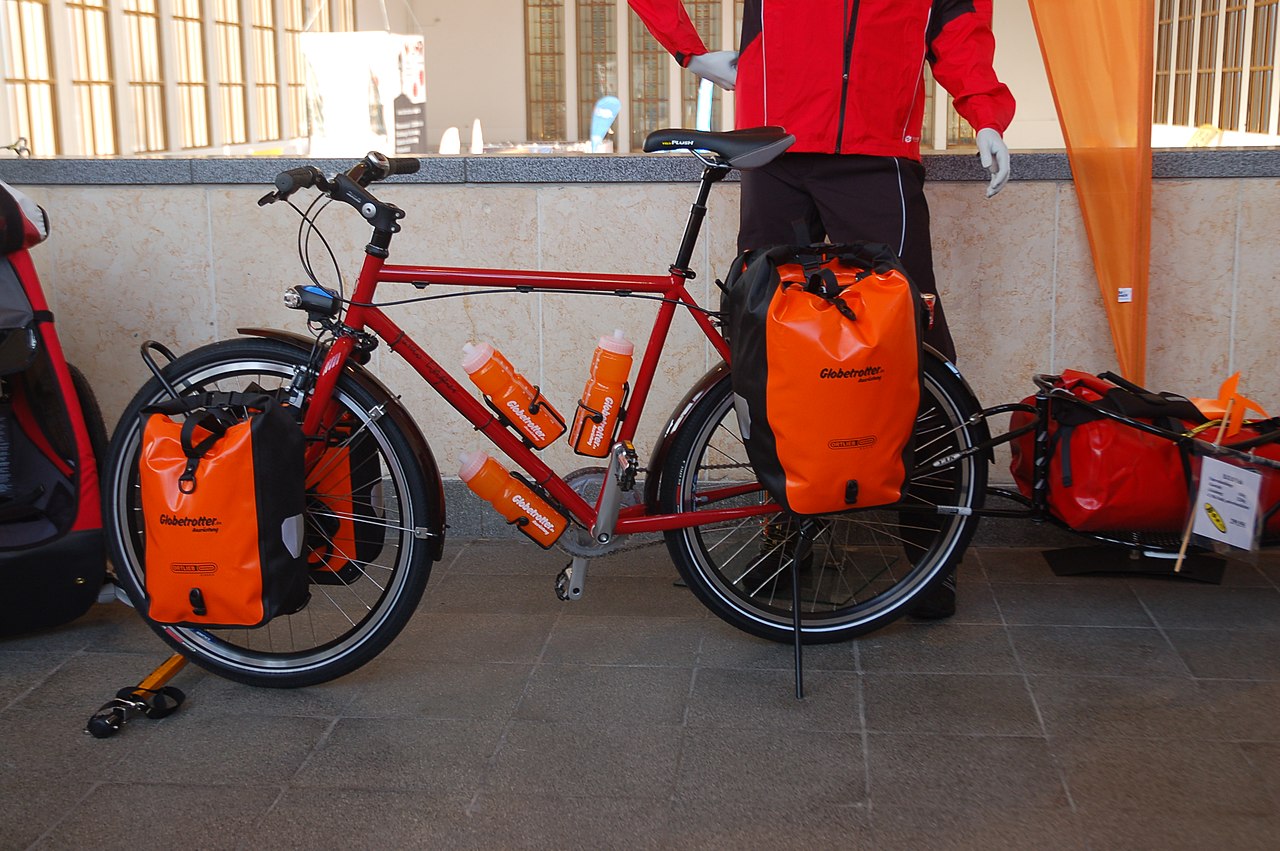 |
| I'm looking rough at the periphery these days, but at least I've still got nice legs. |
I have made somewhat of a point, perhaps at times a point both prideful and smug, of mentioning that we aren't rich, that we do not own a car and that this Not Ownership has played a favourable role in being able to afford the protracted and expensive process of refitting a boat for world travel.
If I haven't, let me know and
I'll scribble some hot air.
 |
| These have diesels in them slightly less powerful than my Atomic 4 direct-drive. They must burn two cups a week. |
The fact is, of course, is that having a car, or rather, some sort of utility van of the Ford Transit or any number of
unimported Japanese diesel van models (or even the very modest and unavailable in Canada Piaggio "Ape" above), well, it would be handy. My recent trip to Whitby to see
the man who might blast my bottom (why does everything in sailing sound sexual?) was at the favour of the kind
Captain Matt, and he's not the only fellow sailor who is generous when my cargo needs exceed that of my many bike trailers.
Speaking of which, much like a car owner, I have to occasionally buy a new bike, usually when the cost and incidence of repairs exceeds the remaining value of the bike. Such was the case recently, and I bought the above model, my first "
road bike" in a
long time, at a decent January discount. Unsolicited pro-tip: If you buy the previous year's model from a bike shop in January or February, it's possible to save hundreds of bucks as the stores must make room for the inevitable newer and shinier mount.. Pushing through the tumbleweeds at the bike shop was worth it and I received a lot of good advice from cyclists more up-to-date on makes and gear than myself.
 |
| The bike plus cart combo is similar to a tender to a boat as it's a means to transport more provisions at one go than would a simple backpack or shoulder bag. |
So the land-dinghy involved some fabric amputation, the removal of the kid seats, the replacement of the near-done tires and tubes, some lubrication and a quick torquing of bolts. As can be seen, the old standard 26-inch wheel size of mountain bikes and the even older 27-inch class of older road bikes has been superseded in many cases by 700c wheels (
definitions and debates of merits found here), which are big enough to have given me a turn when I first threw my relatively stumpy leg over what seemed to be a very large bicycle. But it isn't, and while a 57-cm frame is as big as I would like, I ended up raising the post a bit for a more effective stroke. Above, it can be seen that the trailer just misses the fender...I don't have to kludge together an extender.
 |
| It's crowded back here. |
On the other hand, I must use up every millimeter on the chainstay to get this to work, and that fabric "safety strap" is too short to reach. So I may take a spare clevis pin from my sail repair box and pin that latch shut. With the mechanical disc brakes and spokes so close, it would be like ninjas with Cuisinarts if anything came apart.
 |
| If you see me (and with the flags and lights I carry, you bloody well should!), please don't honk. I might honk back. |
The cart adds both rolling resistance and windage (although less that when this was a child-sheltering wedge shape) when compared with the
one-wheel, low cart I usually use. But besides been old and unable to be retrofitted to the new, slightly larger bike, my one-wheel cart is corroded after nearly 20 years of service 12 months of the year (it's the grocery getter), and it carries a recommended 70 pounds, although I have had heavier loads that made it emit alarming complaints. The two-wheeled cart, by contrast, can carry at least 100 pounds, meaning (and here's where boat stuff comes in for those readers who have yet to enter the coma state), I can bring batteries, pails of paint, engine parts, small tankage like the water heater and yes, sail bags to and from the home base to the boat(s). With a web of shock cords, I can haul voluminous if relatively light loads without resorting to taxis or accommodating, if pitying, friends.
 |
| The white bin under the blue was seven bucks. I'm going to see if the UV or the friction kills it in months; if not, I can fit several of them on Alchemy. |
The bike-orientated plans play further into the world of boats
as our ideas evolve around how to get around the various countries to which we hope to sail. The current consensus is that bikes can be found nearly everywhere; that most (
but not all) of them rust to bits on deck, and that folding bikes, while compact enough to seal in a bag, are
expensive if at all good and are just not great for distances or much in the way of cargo. So the idea was, and remains, that we would bring the cargo "system" of a bike rack or two, and a couple of
panniers both sufficient enough in capacity to transport laundry or provisions (assuming we didn't need to actually dock and shop for several months) by hand
or bike and waterproof enough to stand drizzly trips in a tender between boat and shore.
 |
| Thanks to kitty, more money's in the kitty. Photo copyright © 2006-2015 byBrian Huntley |
Now, while there are
perfectly economical, not to mention easily built, ways to carry stuff on bikes, the customary method is to use panniers, which range from more or less soft cloth bags to hard plastic shells similar to those found over the back wheels of motorcycles.
 |
| Ortliebs: pricy but cyclists seem to love them with Apple-like devotion. |
So far, I am looking at
Ortliebs, which have very few critics among cyclists, who like to argue about gear almost as much as the posters at
Sailing Anarchy like to mock production boats and yacht clubs they don't like. Also under consideration are updated versions of Seattle Sport Company's "
Fast Packs", allegedly fine in a monsoon, and the somewhat similar XLC Globetrotter bags, which seem obscure but the right sort for us, in that they are more or less duffle bags with straps and handles that can mount quickly on a bike and take a bit of sloshing.
 |
| These would be easy to stash when not in use. |
 |
| I may be swayed a bit by the International Orange Colour of Nautical Safety. |
So we'll see what the future holds for the role of bikes plus cargo plus boat. Sailing is evidently not just
your old man's ditty bag anymore. Although I will have a number of those, as well...they stuff into corners nicely.
 |
| If you have two of these, they're called ditto bags. |















